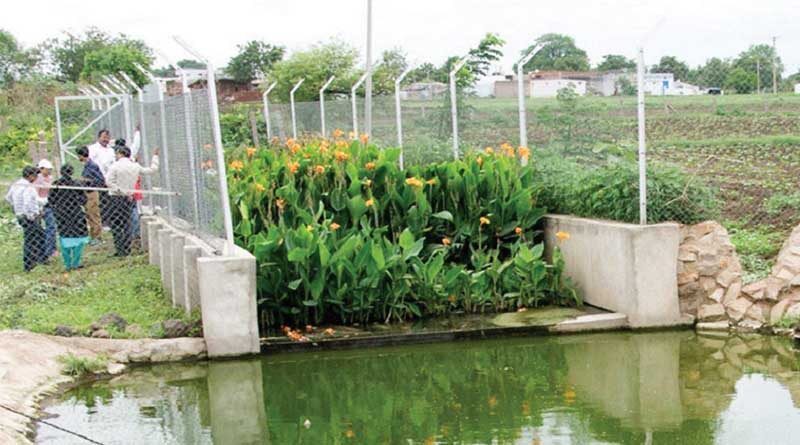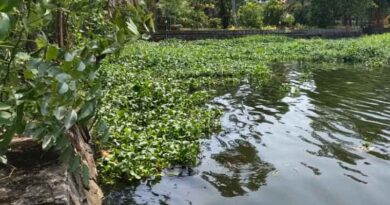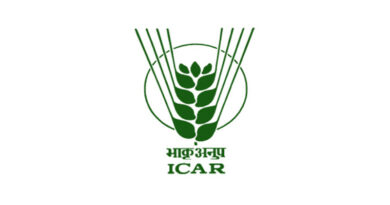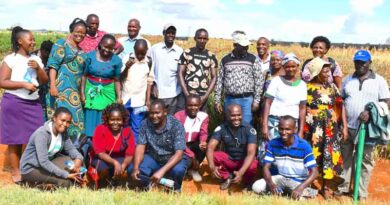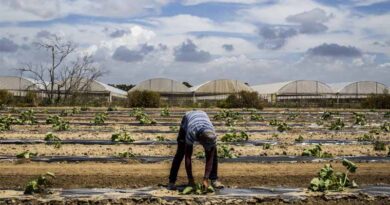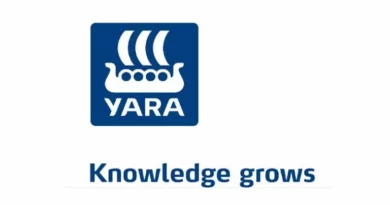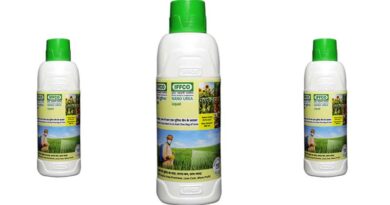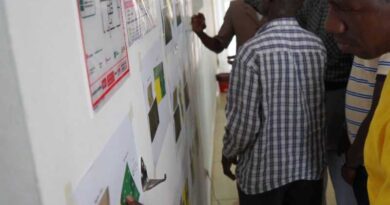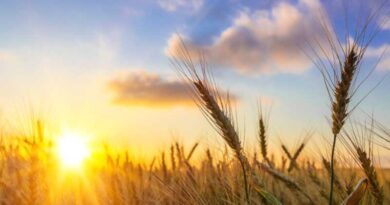Aerobic composting enhances the value of water hyacinth biomass
16 May 2022, New Delhi: Water hyacinth is one of the world’s worst weeds. Its infestation in water bodies receiving wastewater from nearby human settlements is a chronic problem across tropical and sub-tropical regions of the world. However, researchers at the International Crops Research Institute for the Semi-Arid Tropics (ICRISAT) have enhanced the value of water hyacinth biomass by adapting aerobic composting, a process that decomposes organic matter using microorganisms that require oxygen.
This can in turn promote pisciculture or fish farming wherein the compost harvested through water hyacinth biomass can be used as food in fish tanks or artificial enclosures such as fishponds for commercial breeding of fishes. Increased availability of good quality compost also fosters improved soil health.
Investment vs return
Setting up of rural enterprise would require an investment of about Rs 60,000 mainly towards equipment costs for size reduction and sieving operations. The production cost inclusive of labour cost and input cost for about 11.5 tons of aerobic compost is about Rs 32,500.
The aerobic compost thus produced would generate yearly net revenue of Rs 3,01,320. The sell value for final aerobic compost is Rs 5 per kg as against Rs 30-40 for other compost available in the market. The capital can be recovered in 2.4 months.
How was the value of water hyacinth enhanced?
Led by Dr Aviraj Datta, scientist-wastewater management, the team of researchers (Rajesh Pasumarthi, PK Mishra and Sreenath Dixit), harvested water hyacinth manually using fishing nets from community ponds spread around Duggal village in Satyabadi block, Puri district, Odisha, India.
The harvested biomass was kept overnight to drain the excess water. A sample of fresh biomass was collected for analysis. About 1,000 kg of water hyacinth biomass was mixed with one kg of Madhyam culture (mixture of several microorganisms such as bacteria, fungi, actinomycetes etc.), 300 kg of paddy straw and 300 kg of cow dung. Heap turning and watering were carried out every 10 days to facilitate proper mixing, heat dissipation and maintain adequate moisture. The compost samples were collected for analysis after 52 days of the complete process.
Analysis of compost
Considering water hyacinth is known for its high nutrient uptake capacity, the analysis found that the cellulose and hemicellulose constitute 58.6% of its biomass making it highly amenable to composting.
“The plant tissue analysis of the plant biomass revealed high phosphate, sulfur and calcium concentration in the biomass making it an attractive substrate for compost preparation. However, as the moisture content in the biomass is high co-composting, a combination of water hyacinth biomass, paddy straw and cow-dung in a 3:1:1 ratio (fresh weight basis) was found most suitable,” read a paper presentation, that was recently recognized as the best “best presentation in the session on the circular economy” at the International Conference SuWaM-2022 organized by Indian Institute of Technology, Madras.
Further, the compost samples collected from several heaps were analyzed and a consistently high carbon/nitrogen (CN) ratio was observed highlighting its good fertilizer potential. The average CN ratio observed for the aerobic compost was 6:7.
Interestingly, good concentrations of micronutrients such as zinc and boron were also observed. The addition of any chemical fertilizer for further enrichment of the compost thus produced such rock-phosphate was avoided to ensure the product remains ‘organic’.
Also Read: Bayer celebrates 30 years of water use efficiency gains in Australian cotton

